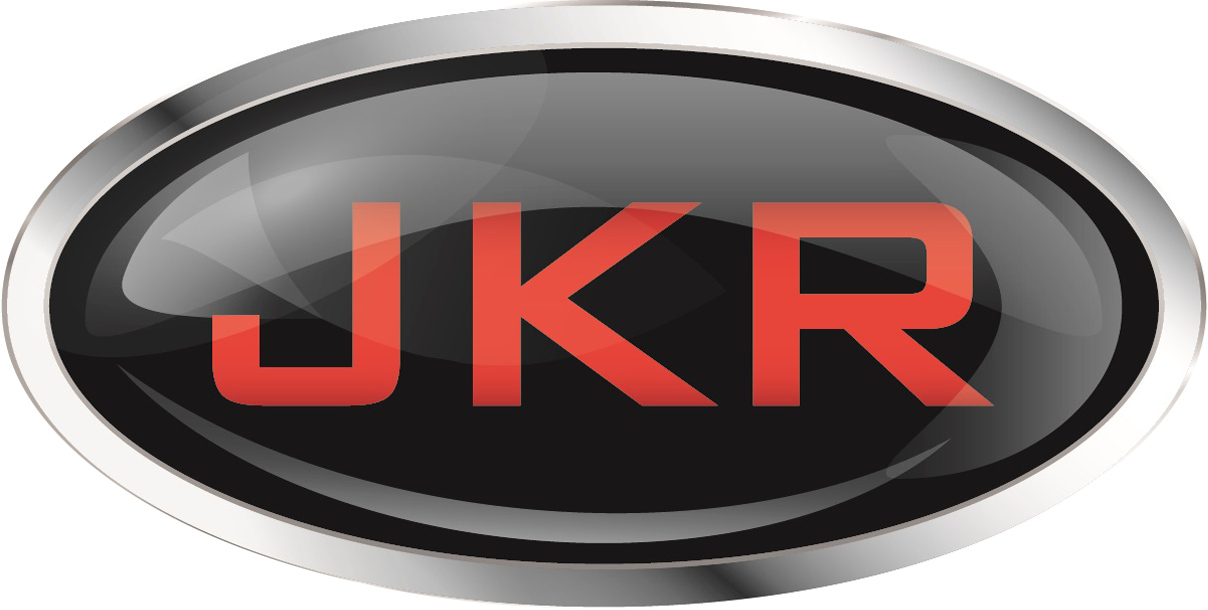JKR’s Richard Brauns Pens AutoSuccess Magazine Feature
 We invite you to read an article in the most recent edition of AutoSuccess magazine penned by JKR Senior Partner Richard Brauns. As one of the industry’s leading monthly publications, AutoSuccess offers insightful articles that benefit dealers in a number of ways.
We invite you to read an article in the most recent edition of AutoSuccess magazine penned by JKR Senior Partner Richard Brauns. As one of the industry’s leading monthly publications, AutoSuccess offers insightful articles that benefit dealers in a number of ways.
The electronic version of the magazine can be found here, then scrolling to Page 12. The text appears below.
What Really Drives Automobile Sales?
Recently, a number of dealers have come to us for help regarding a similar concern. “We shifted our marketing strategy by significantly increasing our online advertising budget while decreasing radio and TV,” they tell us. “It seemed to be modestly effective at first, but over time, our sales and market share began a consistent downward slide. So even though it seems as if we’ve followed the recent trend, we aren’t nearly as profitable as we once were.”
I am never surprised when hearing this. While this strategy gets a dealership more online exposure, it doesn’t equate to more net profit. Why is this the case? Some of it could be because of a poor internet presence, including the dealer’s website. But, almost always, the decline is caused by ignoring the short- and long-term benefits traditional advertising has on an automobile dealer’s results.
Without poignant, effective broadcast advertising driving large numbers to your showroom and website, a dealer’s message is viewed by only a few. That’s because when there is little or no traditional advertising leading the way (either from the manufacturer, local ad group or dealership), people have no reason to search for your dealership or brand.
Think about today’s largest online advertisers. You know which ones I mean; they feature the famous lizard and caveman, the mayhem guy and the popular credit card companies. Before they were noticed online, most people found out about them – and were repeatedly reminded of them – through traditional media. Even the largest online car buying services use traditional media, radio and television, to build their brands and drive traffic to their websites.
Procter & Gamble, one of the largest consumer companies in the world, cut its Internet ad spend by $200 million in 2017 because it was too targeted.* Too targeted? Isn’t that a good thing? In the case of an automobile dealer, the answer is “not always”. Here’s why: one of the most underrated assets of traditional advertising is its ability to create interest and urgency. This is often what makes someone just considering a purchase to buy today; it can make a non-intender become a potential customer and it keeps a dealer’s store top-of-mind to its current and potential customers. P&G realized they were not creating a sufficient amount of this interest and urgency when the lion’s share of their advertising was spent online.
There’s an additional negative side effect attributable to a heavy-digital shift: lower gross profit per vehicle retailed (PVR). When advertising on the internet, dealers are forced to feature the absolute lowest price on every vehicle. However, traditional advertising allows greater focus on consumer hot buttons such as trade-in value and credit. Thus, grosses are always higher when a dealer doesn’t exclusively emphasize the absolute lowest price.
Automotive advertising should be a cross-media, multi-platform strategy. Digital is important because it helps you saturate your market at a low cost … but radio and television will have a cheaper cost per thousand because, as mentioned earlier, it reaches all consumers – the current shopper, those about to enter the market and even non-intenders. Radio and TV ads elicit action, because their top-of-mind awareness motivates car shoppers to reach for their smartphones or laptops, drive to your showroom and ultimately, buy from you.
Despite the advancements in online technology, I believe the general premise of selling cars is still the same today as it’s been for decades. A dealer can only increase sales in two ways; they can either accelerate business within their own customer base or conquer the competition’s customers. The best way to do both is getting back to the basics, using a marketing mix led by traditional advertising.
* Source: “P&G Contends Too Much Digital Ad Spending is a Waste”, The Wall Street Journal, March 1, 2018.

